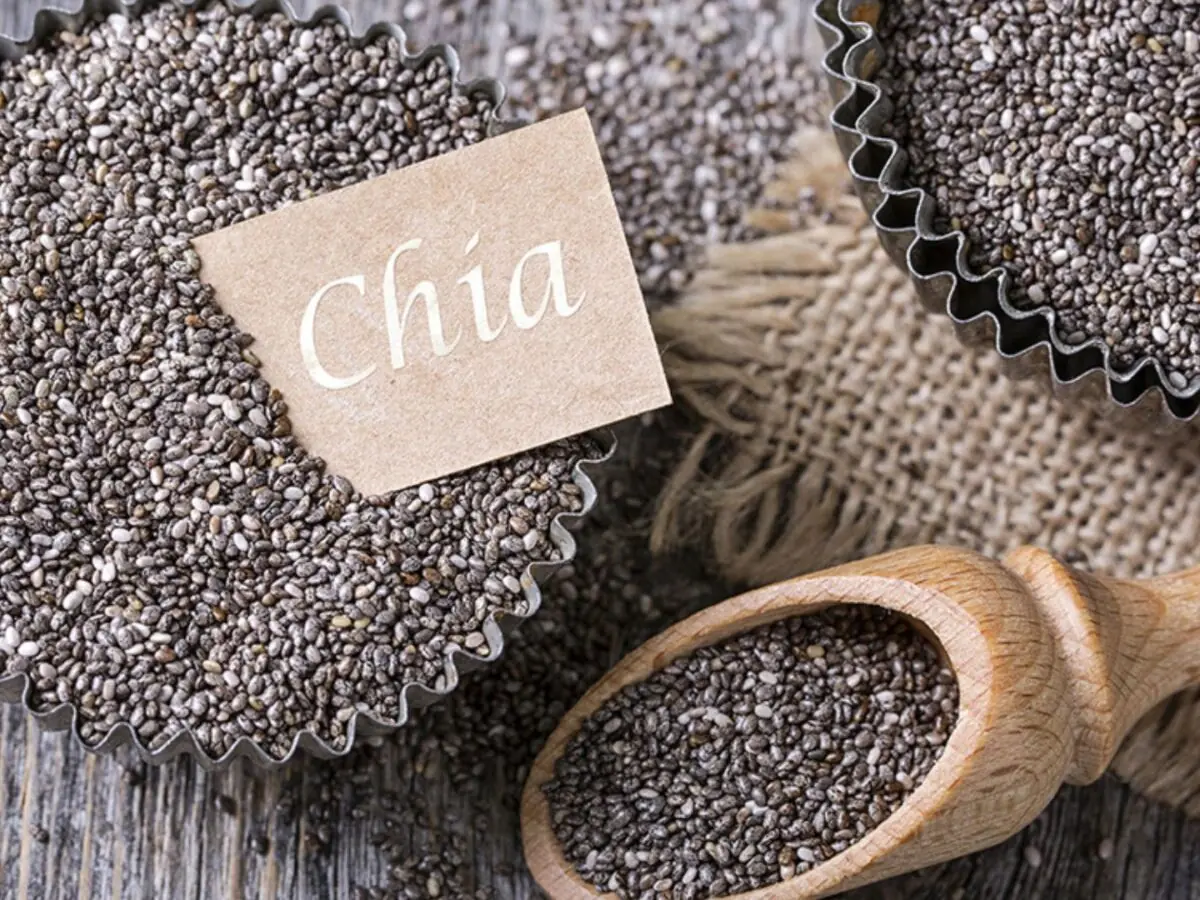
Two everyday seasonings many people use are “catalysts” for thy.roid can.cer
Two everyday seasonings many people use are “catalysts” for thy.roid can.cer
You should think carefully before using these two seasonings frequently.
Mrs. Wang, a 48-year-old woman from China, found joy after retirement in experimenting with home-cooked dishes. She often said, “Seasonings are the soul of a dish.” Her two “secret weapons” were iodine-rich rock salt and MSG, which she believed made food “so delicious it makes your eyes squint.”
Last month, during a routine health check for retired staff, the ultrasound doctor paused for an unusually long time while examining her neck:
“There is a 2.8 cm nodule in your thyroid. Its shape looks concerning. A biopsy is needed immediately.”
The result came three days later: “Suspicious for papillary thyroid cancer.” When the doctor asked about her dietary habits, he said bluntly:
“The two seasonings you frequently use may be the ‘catalysts’ that triggered your thyroid problems.”
The risk from iodine-rich salt
In the past, iodine-enriched salt was considered a “smart nutrient source” that prevented iodine deficiency in many regions. But today, as people consume more seafood, excessive intake of iodine-enriched salt has become a health risk.
The thyroid needs iodine to produce hormones, but adults only require 150–300 micrograms per day. Long-term excessive iodine intake can trigger the Wolff–Chaikoff effect, in which the thyroid suppresses its own hormone production. This leads to compensatory cell proliferation, formation of thyroid nodules, and eventually, in some cases, can progress to cancer.
Hidden dangers of MSG
MSG contains monosodium glutamate, a compound that enhances flavor and makes food irresistibly tasty. However, studies published in the Chinese Journal of Endocrinology and Metabolism show that glutamate may affect thyroid follicular cells. When excessive iodine is also present, the harmful effects can be amplified.
A five-year study involving 5,000 participants found that those who consumed more than 5 grams of MSG per day had a 31% higher rate of thyroid dysfunction compared to those who consumed less.
Long-term consequences
-
Thyroid dysfunction:
Thyroid hormones regulate the body’s entire metabolism. When thyroid function declines, the body becomes fatigued, even after sufficient sleep. Unexplained weight gain—especially around the abdomen and thighs—may also occur. -
Increased risk of thyroid nodules:
Thyroid nodules are localized overgrowths of thyroid cells. While 85–90% are benign, 10–15% may become cancerous. Older adults who consume both iodine-rich salt and MSG have a 40% higher detection rate of nodules compared to those with a balanced diet. -
Immune system disorders:
The thyroid is closely linked to the immune system. Overuse of these seasonings may disrupt immune function and lead to autoimmune thyroiditis (Hashimoto’s disease), which slowly destroys thyroid cells.
How to reduce the risk
-
Gradually reduce seasoning intake:
Your taste buds adapt quickly—just 2–4 weeks. Use the “step-down method”: reduce by 1/4 in the first week, 1/2 in the second week, and after one month, use only 1/3 of your original amount. -
Use better cooking techniques:
Add salt near the end of cooking to retain flavor while using less. Use non-stick pans to reduce oil and limit seasoning. -
Read food labels carefully:
Salt and seasonings are hidden in many products. MSG may appear under names like “monosodium glutamate,” “hydrolyzed vegetable protein,” “yeast extract,” or “flavor protein.”
Iodine can hide in “sea salt” or “seaweed extract.” Always check labels before buying. -
Regular thyroid check-ups:
People over 40 should have a thyroid ultrasound annually. Those with a family history of thyroid disease should begin screening from age 30. -
Self-check at home:
Once a month, stand in front of a mirror, tilt your head back, and check for lumps in the neck. Swallow and observe any movement. Use your fingers to gently feel both sides of the windpipe for hardness or pain.
News in the same category


15 Hidden Warning Signs of Can.cer You Should NEVER Ignore—Spot Them Early!

The Heart-Boosting Secret: How Eating Eggs Daily Could Help You Live Longer

6 Delicious Foods Packed with Collagen for Healthier Skin & Joints: Boost Your Glow Naturally!

The 5-Minute Kitchen Hack for a Brighter Smile

Doctors Reveal: Eating Okra May Cause Unexpected Health Effects

Stop Sleeping on Your Right Side — Here’s Why It’s Hurting You

People with weak hearts and heart disease often have difficulty avoiding these 5 "strange" feelings when sleeping at night!

Affordable Local Fruits and Vegetables That Reduce Blood Fat

Doctors Urge the Public to Avoid These 4 High-Risk Beverages

A 40-Year-Old Woman Visits the Doctor for Bloating—But Ends Up Discovering Can.cer

Doctors Were Stunned When They Thought the 9-Month-Old Baby Had a Tu.mor in His Mouth

Energize Your Life with the Superfood of the Himalayas!

To prevent colorectal can.cer, you must know this

What causes the green ring around hard-boiled eggs?

4 Red Flags Your Brain Might Be in Trouble as Experts Warn Alzheimer’s Can Start Decades Before Symptoms Appear

Why People Develop Strange White Bumps on the Lips or Intimate Areas

How to ki:ll the bacteria that causes bloating and heartburn

To know if your internal organs are infected, just look at your feet
News Post

How to Use Onion to Get Rid of Pests:

Don’t Throw Them Away! These 5 Fruit Peels Can Repel Mosquitoes and Make Your Home Smell Amazing

The Tiny Superfood That Can Help Lower Bloo.d Pressure: Discover the Power of Chia Seeds

Unlock the Hidden Power of Banana Peels: Amazing Health Benefits You Need to Know

15 Hidden Warning Signs of Can.cer You Should NEVER Ignore—Spot Them Early!

The Heart-Boosting Secret: How Eating Eggs Daily Could Help You Live Longer

Is Green Tea Really for Everyone? Discover Who Should Limit This Health Drink!

6 Delicious Foods Packed with Collagen for Healthier Skin & Joints: Boost Your Glow Naturally!

5 Secret Eating Habits for Glowing Skin This Fall & Winter: You Won't Believe How Simple It Is

Millions of people use bath towels but don’t know the “secret” behind this tiny border

The 5-Minute Kitchen Hack for a Brighter Smile

12 Silent Signs Your U.terus Is Begging for Help

Doctors Reveal: Eating Okra May Cause Unexpected Health Effects

Stop Sleeping on Your Right Side — Here’s Why It’s Hurting You

THE PAPAYA LEAF HAIR MIRACLE: The Ancient Secret That Triggers Extreme Hair Growth Most People Ignore!

The 3-Day L.ung Reset: The Ancient Onion Remedy That Melts Mucus, Calms Coughs, and Clears Your Ch.est Naturally

People with weak hearts and heart disease often have difficulty avoiding these 5 "strange" feelings when sleeping at night!

Affordable Local Fruits and Vegetables That Reduce Blood Fat
